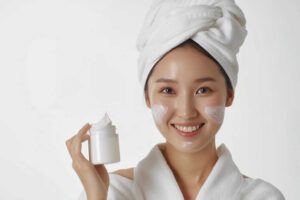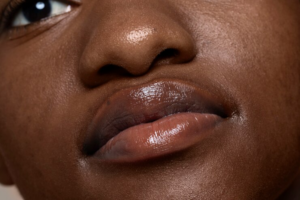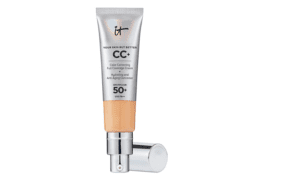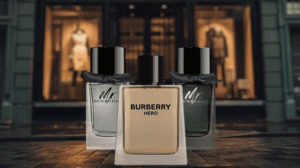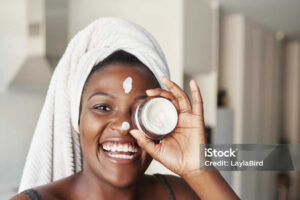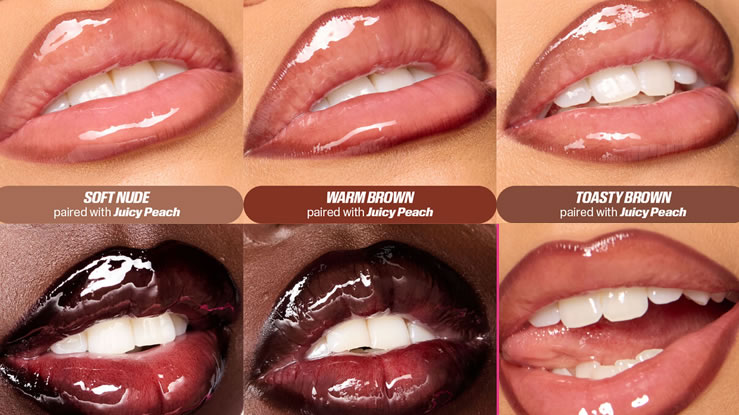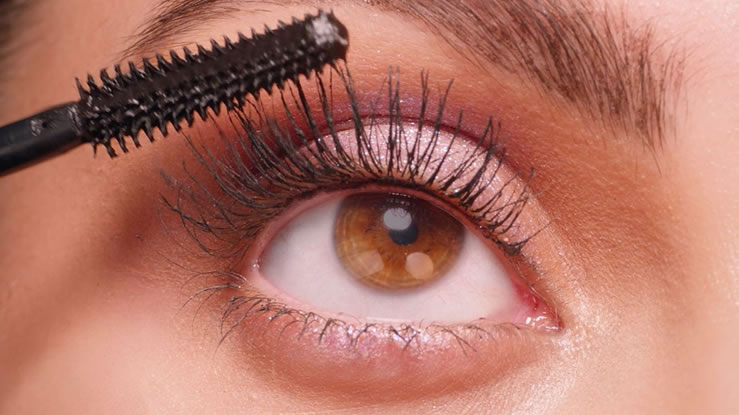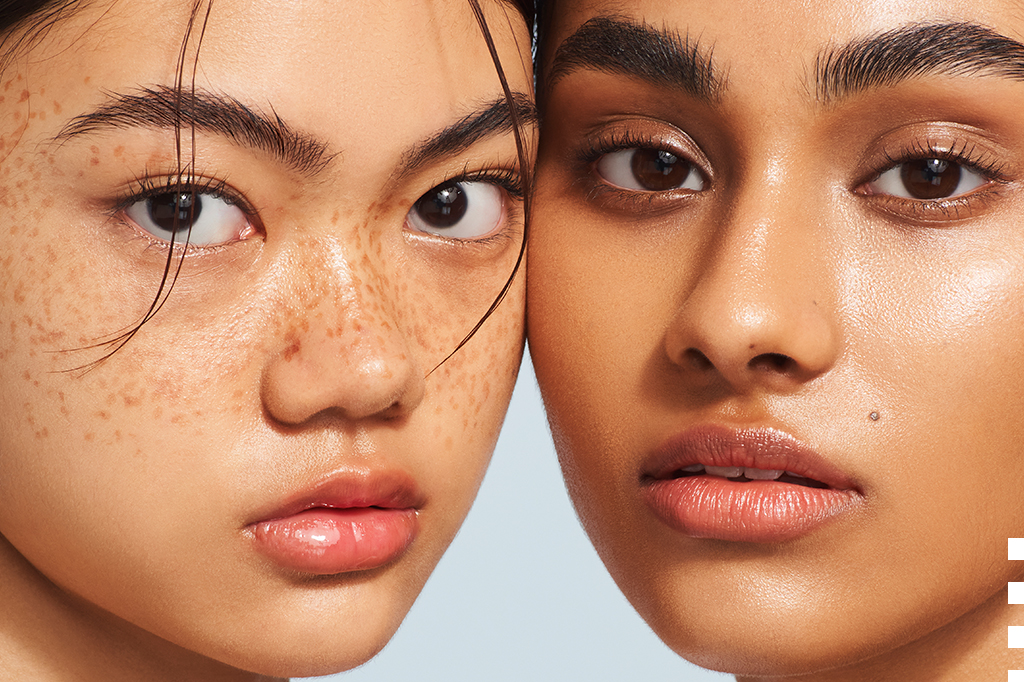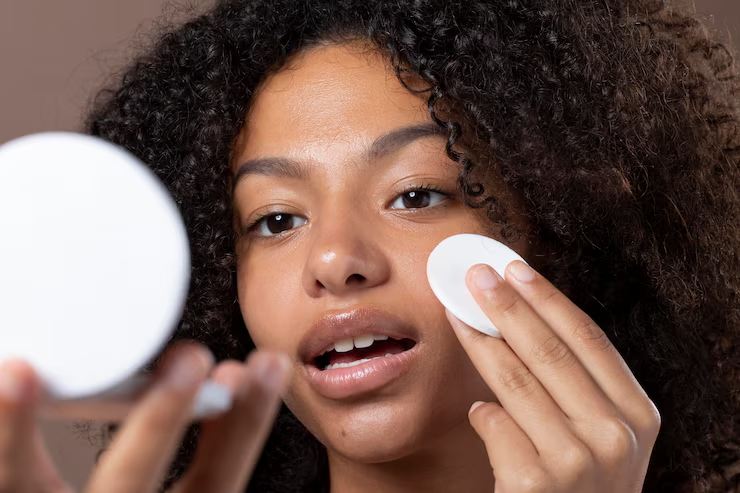LED masks have become a trending part of modern skincare. Celebrities and influencers show them off on social media, while beauty brands market them as the next step toward flawless skin. These masks use different light wavelengths, such as red, blue, or green, to target specific skin concerns. Red light is promoted for reducing wrinkles, blue light for fighting acne, and green light for calming pigmentation.
While many people report positive results, it is important to understand that LED masks also have disadvantages. Like any beauty treatment, there are limits, risks, and situations where these devices may not be the best option. If you are thinking about trying one, knowing both the benefits and the drawbacks can help you make an informed decision.
This article explores the disadvantages of LED masks, looking at safety, effectiveness, costs, and skin-related concerns.
Limited Scientific Evidence on LED Masks
One of the main disadvantages of LED masks is that scientific evidence is still limited. While some clinical studies suggest benefits, especially for acne and anti-aging, the research is not yet extensive. Most studies have small sample sizes, short trial periods, or focus on professional-grade devices rather than the at-home versions sold to consumers.
This makes it hard to know how effective these masks are for long-term results. Many users expect dramatic changes, but results are often subtle and take weeks or months to notice. People with severe skin conditions may not benefit much, which can lead to disappointment.
Read Also>>>Do LED Face Masks Really Work?
Results Vary Between Individuals
Not everyone will experience the same outcomes with LED masks. Skin type, age, lifestyle, and consistency of use all influence effectiveness. For instance, someone with mild acne might see improvement after regular use, while another person with hormonal or cystic acne may not see much change.
This inconsistency makes LED masks less reliable compared to dermatologist-approved treatments like prescription medications, chemical peels, or laser therapy.
Not a Replacement for Professional Treatments
LED masks are often marketed as alternatives to expensive in-office treatments, but they cannot fully replace professional care. Devices used in dermatology clinics are usually stronger and deliver more targeted wavelengths than at-home masks. As a result, at-home masks may not provide the same depth of results.
For individuals with serious skin concerns such as deep wrinkles, severe acne, or significant pigmentation, professional treatments are still more effective. LED masks may complement those treatments but should not be seen as the only solution.
Cost Concerns of LED Masks
Another disadvantage is the cost of quality LED masks. Reliable devices often range from $200 to $600, and professional-grade ones are even higher. While cheaper versions exist, they may lack proper safety testing or deliver weaker results.
Some people purchase low-cost masks online without knowing whether they meet safety standards. Poor-quality devices can malfunction, overheat, or deliver inconsistent light exposure, which could potentially harm the skin.
Time Commitment
LED masks require consistent use to maintain results. Most brands recommend using the device three to five times a week for about 10 to 20 minutes per session. While this might sound manageable, it can become inconvenient over time.
Many users stop after a few weeks due to lack of visible results or difficulty keeping up with the schedule. Unlike a one-time professional treatment, LED masks demand ongoing commitment, which can be tiring for people with busy routines.
Potential Skin Irritation for using LED Masks
Although LED masks are generally considered safe, some people may experience side effects. These include:
-
Redness or mild irritation after use
-
Dryness in sensitive areas
-
Increased sensitivity in those with conditions like eczema or rosacea
If the skin is already inflamed, using a mask may worsen discomfort. This is why dermatologists often recommend patch-testing and starting with short sessions before increasing frequency.
Not Safe for Everyone
Certain groups should avoid LED masks altogether. These include:
-
Pregnant women, since safety during pregnancy has not been confirmed
-
People with epilepsy or light sensitivity, as flashing lights can trigger seizures or headaches
-
Those taking medications that increase light sensitivity, such as certain antibiotics or acne drugs like isotretinoin
-
Individuals with severe skin conditions, unless approved by a dermatologist
Because of these restrictions, LED masks are not universally suitable, and using them without guidance could pose risks.
Eye Safety Concerns
LED masks often cover the entire face, which means eyes are exposed to light. While most devices claim to be safe, prolonged exposure to bright lights may cause eye strain or discomfort. Poorly designed masks without adequate shielding can pose risks, especially with blue light.
Dermatologists usually recommend wearing protective goggles or choosing masks with built-in eye protection. Ignoring this safety step may increase the risk of long-term eye damage.
Risk of Overuse
Since LED masks are marketed as safe, some people may assume they can use them as often as they like. Overuse, however, can lead to skin dryness, irritation, or sensitivity. Without clear instructions, it is easy for users to go beyond the recommended time, especially if they believe more light will give faster results.
Overuse not only reduces effectiveness but may also make the skin more vulnerable to other irritants, such as strong skincare products or sun exposure.
Lack of Immediate Results
One of the biggest frustrations with LED masks is the lack of quick results. Unlike makeup or chemical exfoliation, where changes are noticeable instantly, LED light therapy works slowly by stimulating natural skin processes.
For people who expect fast improvements, this can feel disappointing. Some may stop using the mask before benefits appear, wasting money and effort.
Marketing Hype vs. Reality
The beauty industry often exaggerates claims about LED masks. Ads may promise dramatic wrinkle reduction or acne clearance, but in reality, the improvements are usually mild. This gap between expectation and reality can make consumers feel misled.
Since many influencers and celebrities promote LED masks for sponsorship deals, people may buy them without fully understanding the limitations. This creates a cycle of unrealistic expectations and dissatisfaction.
Maintenance and Durability of LED Masks
LED masks, like any electronic device, require proper care. Some models may break easily, lose light intensity over time, or stop working altogether. Since many of them are expensive, repairs or replacements can add to the overall cost.
Cleaning can also be a hassle, as sweat and skincare residue can build up on the mask’s surface. Without proper hygiene, this can lead to bacterial growth, which may cause breakouts instead of preventing them.
Psychological Impact of LED Masks
Another overlooked disadvantage is the psychological effect of depending too much on beauty gadgets. Some users become fixated on daily use, checking their skin for changes after every session. When results are slow or minimal, this can lead to frustration, anxiety, or disappointment about appearance.
This emotional toll is often not mentioned in advertisements but can be significant for people struggling with self-image.
Alternatives to LED Masks
For people who want visible results without the drawbacks of LED masks, alternatives exist. These include:
-
Professional treatments such as chemical peels, laser therapy, or microneedling
-
Dermatologist-prescribed skincare for acne or pigmentation
-
Over-the-counter products with proven ingredients like retinoids, salicylic acid, or niacinamide
-
Lifestyle changes such as sun protection, a healthy diet, and stress management
These options may provide more predictable results than at-home LED masks, depending on the individual’s skin condition.
LED masks are an exciting addition to skincare, offering a non-invasive and relatively safe way to support skin health. They may help with acne, wrinkles, and pigmentation when used consistently. But they also come with disadvantages, including limited research, cost, time commitment, safety risks, and inconsistent results.
For some, the investment may be worthwhile. For others, professional treatments or dermatologist-recommended skincare could be more effective. Before buying an LED mask, it is best to weigh the pros and cons, consider your skin type, and, if possible, consult a dermatologist.




